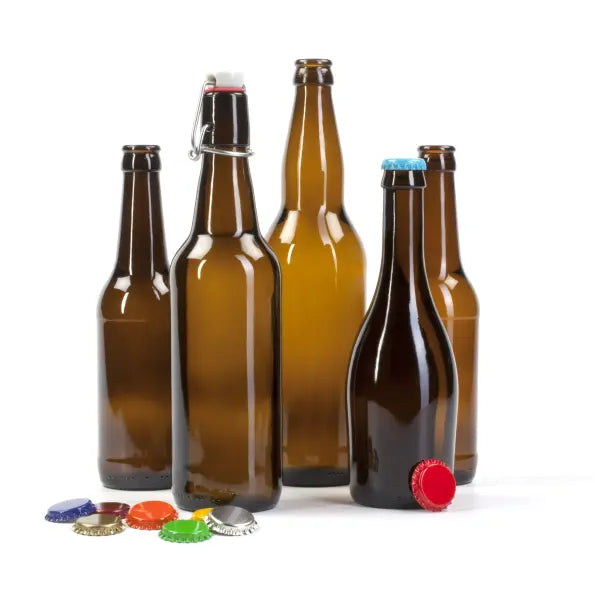How to Choose the Perfect Jar and Lid
When making homemade preserves, every detail matters: from ingredient selection to labeling. But one of the elements that most influences quality, safety, and product perception is the packaging—especially the jar and the lid. Choosing wisely can make the difference between a preserve that delights and one that loses aroma, texture, or worse, spoils earlier than expected.
Here’s everything you need to know to choose the optimal jar + lid for your homemade preserves.
1. Understand the technical requirements
Before deciding which jar to use, it’s important to consider:
- Thermal process / sterilization: many preserves require pasteurization, water-bath sterilization, or autoclaving. The jar and lid must withstand temperature changes without warping or losing their airtight seal.
- Product acidity: if preserving low-pH foods (tomatoes, pickled fruits, jams), materials and lids must resist corrosion.
- Internal pressure: some preserves may generate gases (fermentation, etc.), which can increase internal pressure. The closure must tolerate this without breaking or letting air in.
2. Sealing, airtightness, and food safety
- Total airtightness: prevents air, oxygen, and microorganisms from entering.
- Vacuum control: some lids indicate whether vacuum sealing has been achieved (e.g., the central button pressed down).
- Food safety compliance: ensure that materials (glass, metal, seals, internal coatings) are food-grade certified and meet local regulations (Spain / EU).
- Proper gasket or seal: if the lid includes one, it should be food-grade, heat-resistant, and free from flavors or odors.
3. Quick checklist before deciding
Here’s a checklist to ensure your jar + lid meet the requirements:
- ✔ Glass or suitable material for thermal processes if required.
- ✔ Lid compatible with the closure system (screw, clip, gasket…), with food-grade gasket if applicable.
- ✔ Capacity and opening suitable for the type of preserve (whole pieces, purées, liquids) and consumption pace.
- ✔ Aesthetic consistent with your brand/presentation.
- ✔ Certified materials, safe for acidic foods, hygiene, etc.
- ✔ Reliable supplier: consistent supply of jars and lids in format and quality.
- ✔ Real test: make a pilot batch, sterilize, transport, store, and open after months to confirm performance.
4. Common mistakes to avoid
- Reusing deformed or damaged lids.
- Underestimating the importance of glass thickness or lid quality (can break, rust, or let in air).
- Not leaving headspace (thermal changes require clearance).
- Forgetting to label with production date and content.
5. Conclusion
Choosing the perfect jar and lid for your homemade preserves is not just about aesthetics, but also about technique and safety. Good packaging ensures your product reaches consumers with the flavor, texture, and presentation you intend. Investing time in selecting quality materials, proper closures, and packaging that reflects your brand is well worth it.







